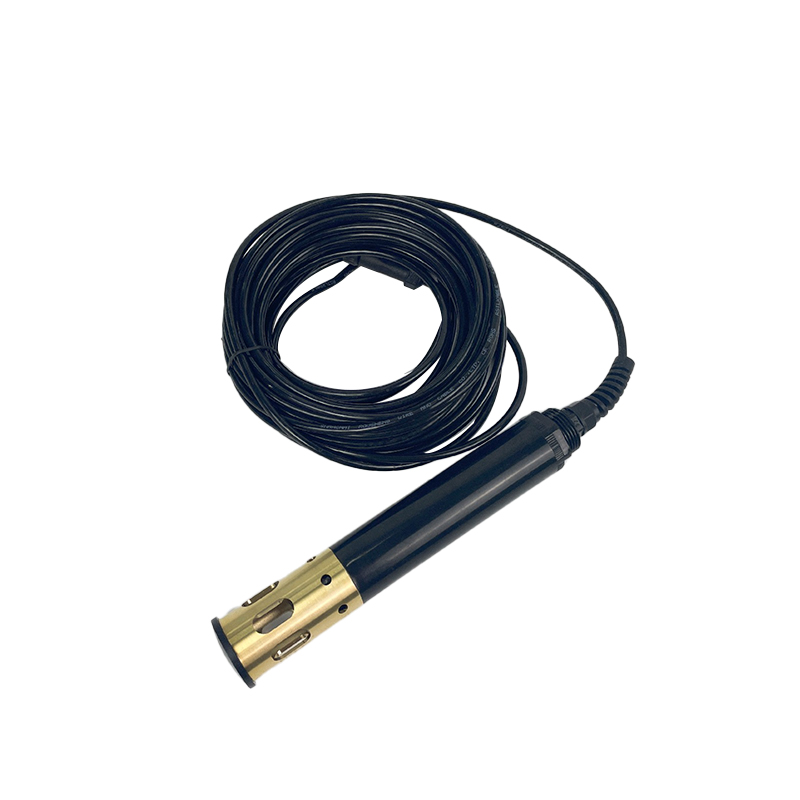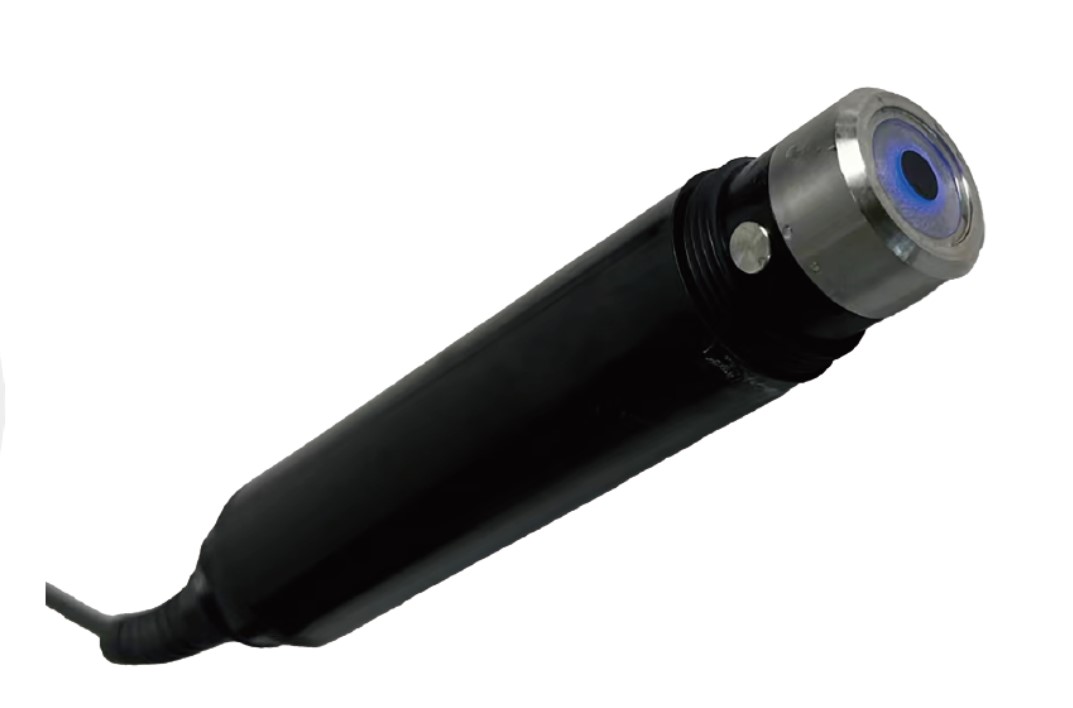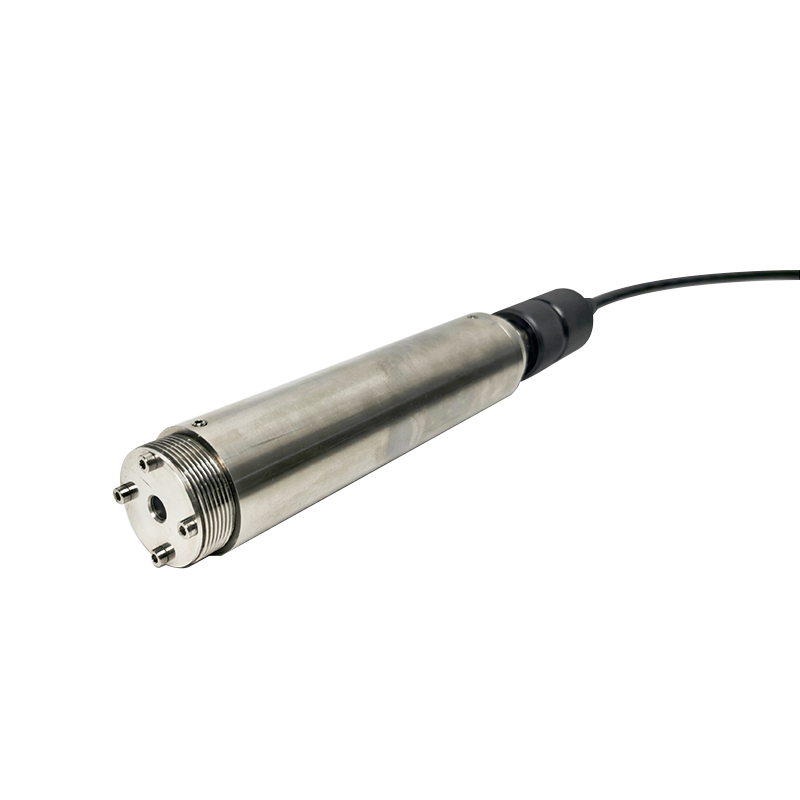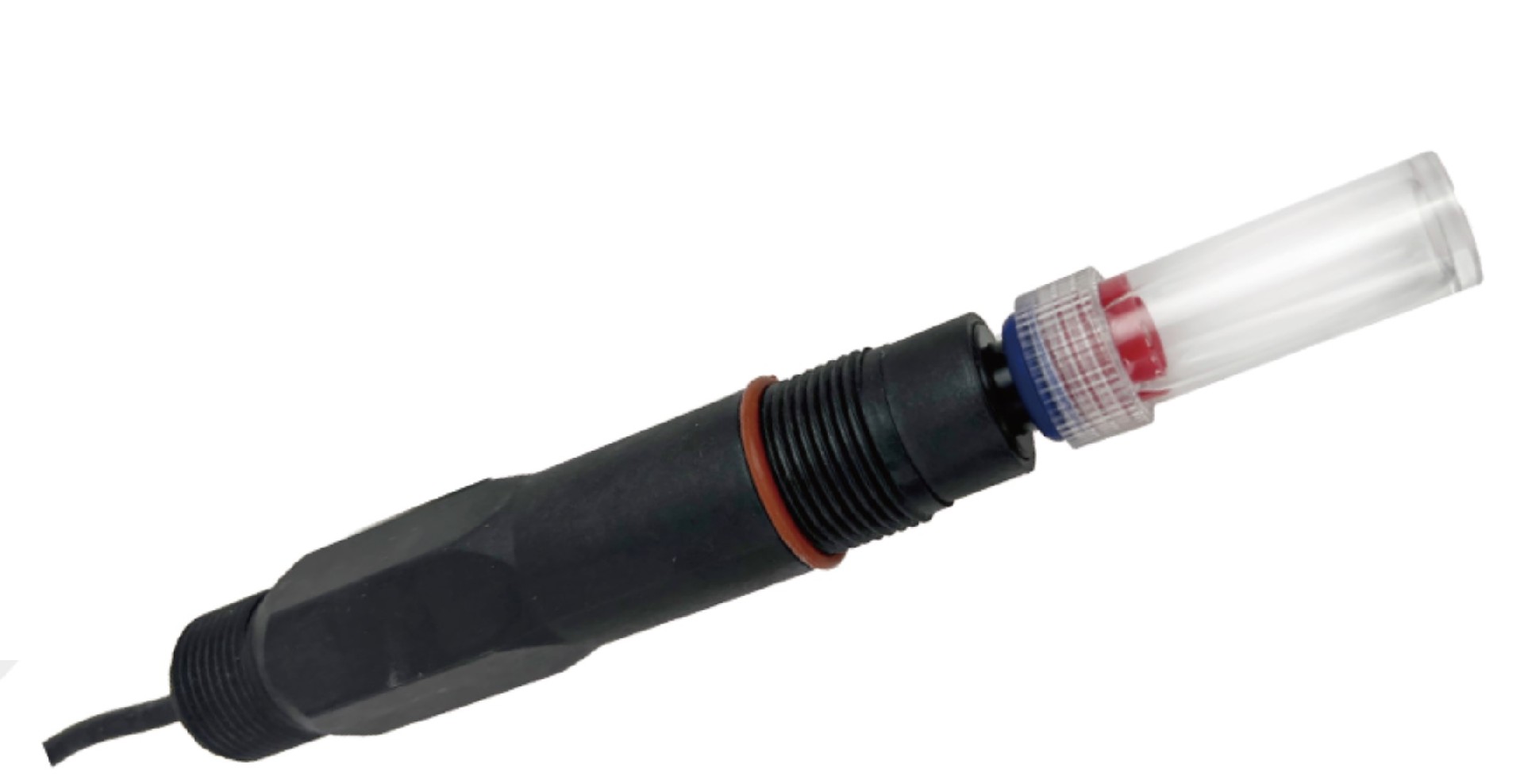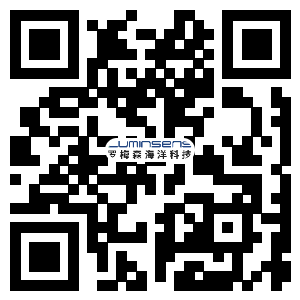Chemical Oxygen Demand (COD) is a chemical method used to measure the amount of reducing substances that need to be oxidized in a water sample. The oxygen equivalent of substances (usually organic matter) that can be oxidized by strong oxidants in wastewater, wastewater treatment plant effluent, and contaminated water. In the study of river pollution and industrial wastewater properties, as well as the operation and management of wastewater treatment plants, it is an important and quickly measurable organic pollution parameter, often represented by the symbol COD.
Chemical Oxygen Demand (COD) Hazards
When the COD is high, it will increase the load of the treatment process, and the requirements for the process will also increase accordingly. At the same time, it is difficult to ensure the effluent (as mentioned above, provided that there is a treatment device). If the wastewater is directly discharged into natural water bodies without a treatment device, it will cause the deterioration of the water quality. The reason is that the self purification of the water body requires the degradation of these organic substances, and the degradation of COD will definitely require oxygen consumption. The deoxygenation capacity in the water body cannot meet the requirements, and the DO in the water will directly decrease to 0, becoming anaerobic. In anaerobic state, it will continue to decompose (anaerobic treatment by microorganisms), and the water body will turn black and smell (anaerobic microorganisms appear very black, with the generation of hydrogen sulfide gas). Ultimately, the harm is entering natural water bodies, disrupting water balance, causing the death of almost all organisms except microorganisms, and further affecting the surrounding environment.
COD emission standards
The unit of COD is ppm or milligrams per liter, and the smaller its value, the lighter the degree of water pollution. The methods for determining COD include not only potassium permanganate high-temperature oxidation method, but also potassium permanganate low-temperature oxidation method (oxygen absorption) and potassium dichromate oxidation method. Chemical oxygen demand (COD) often varies due to differences in the type, concentration, and oxidation conditions of oxidants, resulting in varying rates of oxidation of oxidizing substances, especially organic matter. Therefore, in the presence of organic matter in drainage, comparisons cannot be made unless COD is measured under intermediate conditions. Generally, potassium permanganate high-temperature oxidation method is used with an oxidation rate of 50-60%, while potassium dichromate oxidation method is used with an oxidation rate of 80-90%. Due to the different actual situations and river conditions in different countries, the discharge standards for COD are not consistent. According to the "Trial Standards for Industrial Wastewater Discharge" in China, the maximum allowable discharge concentration of industrial wastewater should be less than 100 milligrams per liter, but the drainage of papermaking, leather making, and defatted cotton factories should be less than 500 milligrams per liter. According to Japanese water quality standards, the maximum allowable discharge concentration of COD should be less than 160 milligrams per liter (with a daily average of 120 milligrams per liter).
Chemical Oxygen Demand (COD) Monitoring Method
Chemical Oxygen Demand (COD) is an important indicator for evaluating the discharge of wastewater from sewage treatment plants, and is often tested in daily testing. At present, the standard determination method for chemical oxygen demand (COD) in sewage treatment plants usually uses potassium dichromate titration method (dichromate method GB11914-89). This method not only requires the consumption of chemical reagents such as silver sulfate (or mercury sulfate), concentrated sulfuric acid, potassium dichromate, ammonium ferrous sulfate, and ortho phenanthroline, but also requires membrane filtration to prepare a large number of wastewater samples, and heating under boiling for 2 hours. Therefore, traditional chemical oxygen demand (COD) analysis methods are not only time-consuming and costly, but also cause serious heavy metal pollution. In addition, there is also an improved method for analyzing the chemical oxygen demand of wastewater based on the potassium dichromate titration method, which uses spectrophotometry to detect unreacted chromium ions to calculate the reacted potassium dichromate, and indirectly calculates the chemical oxygen demand (determination of chemical oxygen demand in water quality - fast digestion spectrophotometry standard HJ/T 399-2007). However, this method still cannot overcome the drawbacks of traditional potassium dichromate titration method, such as pollution, complexity, and high cost.
The on-site rapid determination of chemical oxygen demand (COD) adopts the Yushan UV method COD sensor, which has no secondary pollution, low operating cost, simple operation and maintenance, low failure rate, short testing time, and response time generally in the tens of seconds. The instrument has good stability, high reliability, and is not affected by chloride ions. The obvious advantages of UV method make it a technology that can be widely applied in the field of continuous monitoring.




